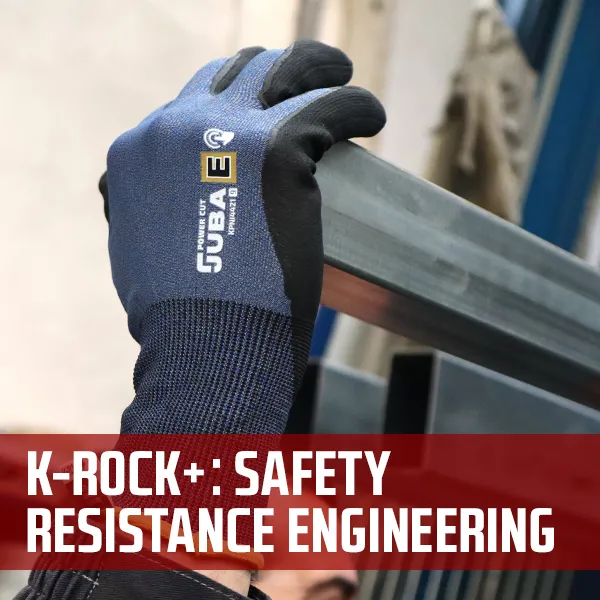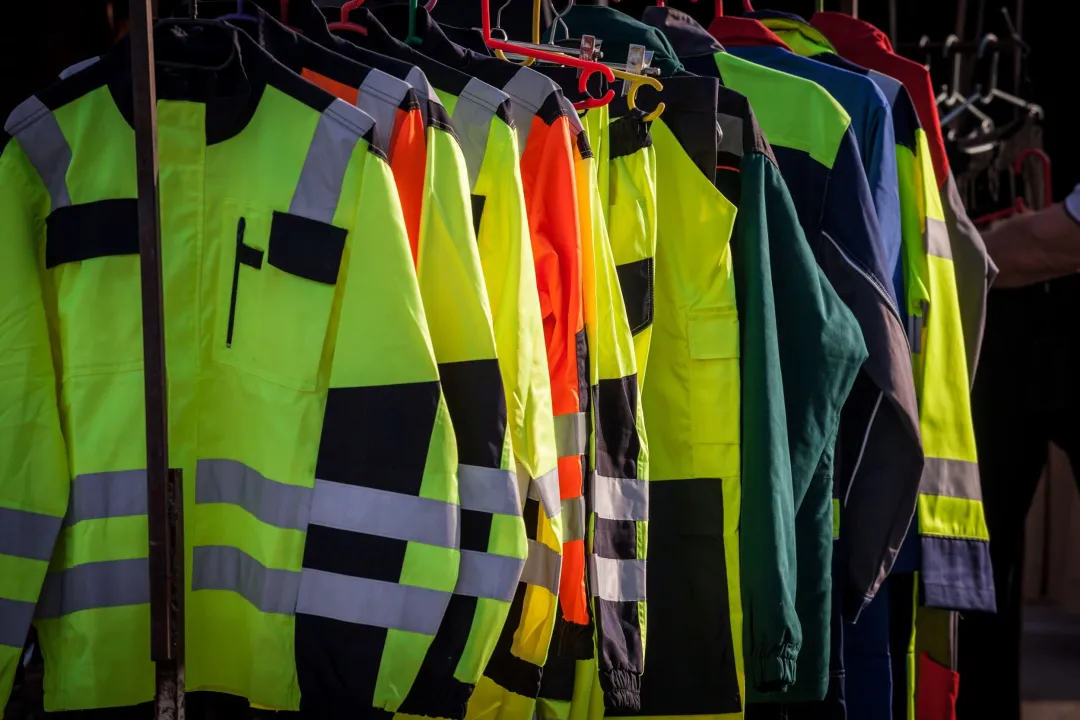Actualidad
The secret of cut-resistant gloves: engineered yarns
Engineered yarns are one of the greatest innovations in manufacturing cut-resistant work gloves over the last few decades. Created by combining two or more fibres, the threads produced in this process make work gloves more resistant to cutting, whilst also providing great dexterity and touch.
Engineered yarns are responsible for this great step forward in protecting workers' hands but... what are they exactly?
These threads are the result of manufacturing using two or more fibres, with infinite combinations. The high-resistance components such as Kevlar® or high-performance polyethylene (HPPE) such as Dyneema® are used in the core of the engineered yarn that can become more resistant to cutting by combining this central thread with other fibres. The Dyneema® fibre is polyethylene with an ultra high molecular weight known as UHMWPE, developed and patented in 1990 by Dutch multinational DSM.
It is manufactured in a patented spinning process where the fibres are stretched, heated, lengthened and cooled. The stretching and turning encourage molecular alignment, high crystallisation and low density, all giving it great cutting resistance. Dyneema® has extremely long molecular chains that transfer the load more effectively to the polymer skeleton.
Therefore, it is stronger at the same weight or lighter with the same strength as alternative products.
Up to 15 times stronger than steel (weight for weight). Up to 40% stronger than aramid fibres (weight for weight)
The Juba catalogue includes cut-resistant work gloves manufactured using different engineered yarns.
Here are a few examples of how to combine different threads to obtain cut-resistant gloves intended for a variety of uses.
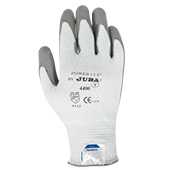 |
4400. Dyneema® fibre + fibreglass Uses: Naval and wind-power construction. Aeronautics. Assembly and mounting. Glassmakers. Electrical appliance repair workshops. Fitters. Industrial Maintenance. Renovations. Canning and bottling. Metal and wooden fences. Paper. Glass. |
|
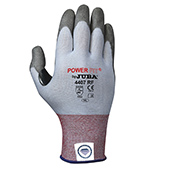 |
4407RF Dyneema® fibre + Nylon® + Lycra® Uses: Automotive. Aeronautics. Assembly and mounting. Renovations. Industrial Maintenance. Electrical appliance repair workshops. Fitters. Canning. Loading and unloading. Packaging. Shelf-stackers. |
|
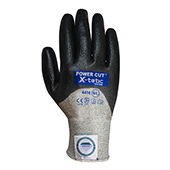 |
4416. Dyneema® fibre + Carbon fibre + Nylon® + Lycra® Uses: Aerospace. Automotive. Naval and wind-power construction. Assembly / mounting. Industrial Maintenance. Repair workshops for electronic devices and electrical appliances. Bottling. Metallurgy. Wind-power and naval construction. |
|
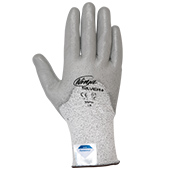 |
NSP10. Dyneema® fibre + fibreglass + Polyamide® Uses: Naval and wind-power construction. Assembly and mounting. Glassmakers. Canning. Paper. Glass. Metallurgy. Wind-power and aeronautical construction. Automotive assembly. |
|
 |
4405. Kevlar® + Steel thread + Elastane® Uses: Handling abrasive and sharp materials. Glass industry. Glassmakers. Ceramics. Handling metal sheets and oily parts. Assembly and mounting. Printing applications. Naval and wind-power construction. Automotive. |
|
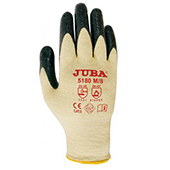 |
5180. Kevlar® + Lycra® Uses: Handling abrasive and sharp materials. Ceramics. Handling metal sheets and oily parts. Naval, wind-power and aeronautical construction. Automotive. Assembly and mounting. Glass. Metallurgy. |
**Click on this link to see the whole Juba cut-resistant work glove catalogue
